Ever tried on a ‘barefoot’ shoe and thought, “Why does this feel nothing like the others?”
It’s a question that comes up repeatedly, and the answer is surprisingly simple. Even among the biggest names in the barefoot world, no two shoes (or two brands) really fit or perform the same.
That’s good news for us as runners, hikers, and everyday walkers searching for our ideal fit.
But it does raise the question: when it comes to Xero Shoes vs. Vivobarefoot, which brand truly earns its spot on your feet?
Let’s break down the differences, similarities, and personal details that actually matter. I’ll share what I’ve learned through hard miles, close inspection, and much trial and error.
Affiliate Disclosure: By clicking through the links on this page and purchasing the products, you’ll be helping me out. This is done because I receive a kickback from the sellers at no extra cost to you! Thank you so much for supporting us!
Vivobarefoot crafts footwear with a clear “barefoot-first” philosophy, focusing on ground feel and a distinctive fit that stands out in the market.
Founded in the UK and quickly building a cult following, Vivobarefoot takes barefoot and tries to make it fashionable. Their shoes are unmistakably minimalist — zero drop, no meaningful cushion, minimal stack heights, and enough protection to keep city grit or cold trails out from underfoot.
Vivobarefoot excels in sustainability and “disruptive” design. Take a look at their website and you’ll see sustainability claims at every turn: recycled materials, carbon-reduction initiatives, and even their own closed-loop pre-loved resale system (aptly named ReVivo). It’s refreshing to see a company back up its eco-claims with measurable programs and options for shoe longevity well past the first owner.
They offer an impressive lineup for both running and daily wear, from their cult classic Primus Lite and robust Magna Trail to dressier options for the office. Across the range, I’ve consistently found Vivobarefoot shoes look a little closer to conventional footwear than most barefoot rivals. Whether that’s a pro or a con depends on how much you want your toes to stand out at brunch.
Vivobarefoot Primus Lite III
- $160
- Weight: 7.1 oz/ 201 g
- Stack Height: 3 mm insole + 4 mm outsole rubber
- True to size
- Wide Toebox, low volume

Vivobarefoot Primus Trail FG
- Weight: 8.9 oz/ 250 g
- Stack Height: 2.5 mm + 4 mm lugs + removable insole
- True to size
- Wide Toebox, low volume
- Solid lockdown with foot protection

Xero Shoes leans into the roots of minimalism, building shoes that prize flexibility, simplicity, and all-around value for the price.
Born from the huarache-sandal trend that surged after “Born To Run,” Xero stuck with simplicity but expanded their lineup beyond open-toe sandal kits. Their first product in 2009 really was just a sole, a lace, and your own DIY ambition. Over the years, that basic formula evolved — now you’ll find everything from tough trail runners (Mesa Trail II, Terraflex II) to ultra-light sandals to surprisingly capable casual shoes, all built with the familiar Xero DNA: wide toe boxes, flexible soles, and almost zero traditional support structures.
Durability is a flagship promise for Xero Shoes, though quality control sometimes lags behind their marketing. Every Xero sole comes with a 5,000-mile guarantee — no small feat — but it sometimes leaves out details like upper durability or minor fit-and-finish issues. In practice, though, their customer service has been responsive; I had a pair of Mesa Trails replaced after a blow-out in under 300 miles, with the second pair now holding strong past that mark.
While Xero’s lineup is wide, one thing holds true across models: expect a forgiving fit, minimal structure, and extremely competitive pricing.
Xero Shoes HFS II
- $119.99
- Weight: 8.3oz/ 235g
- Stack Height: 6mm + 3.5mm removable insole
- Order 1/2 larger than your standard
- Average midfoot width
- Great starter barefoot shoe
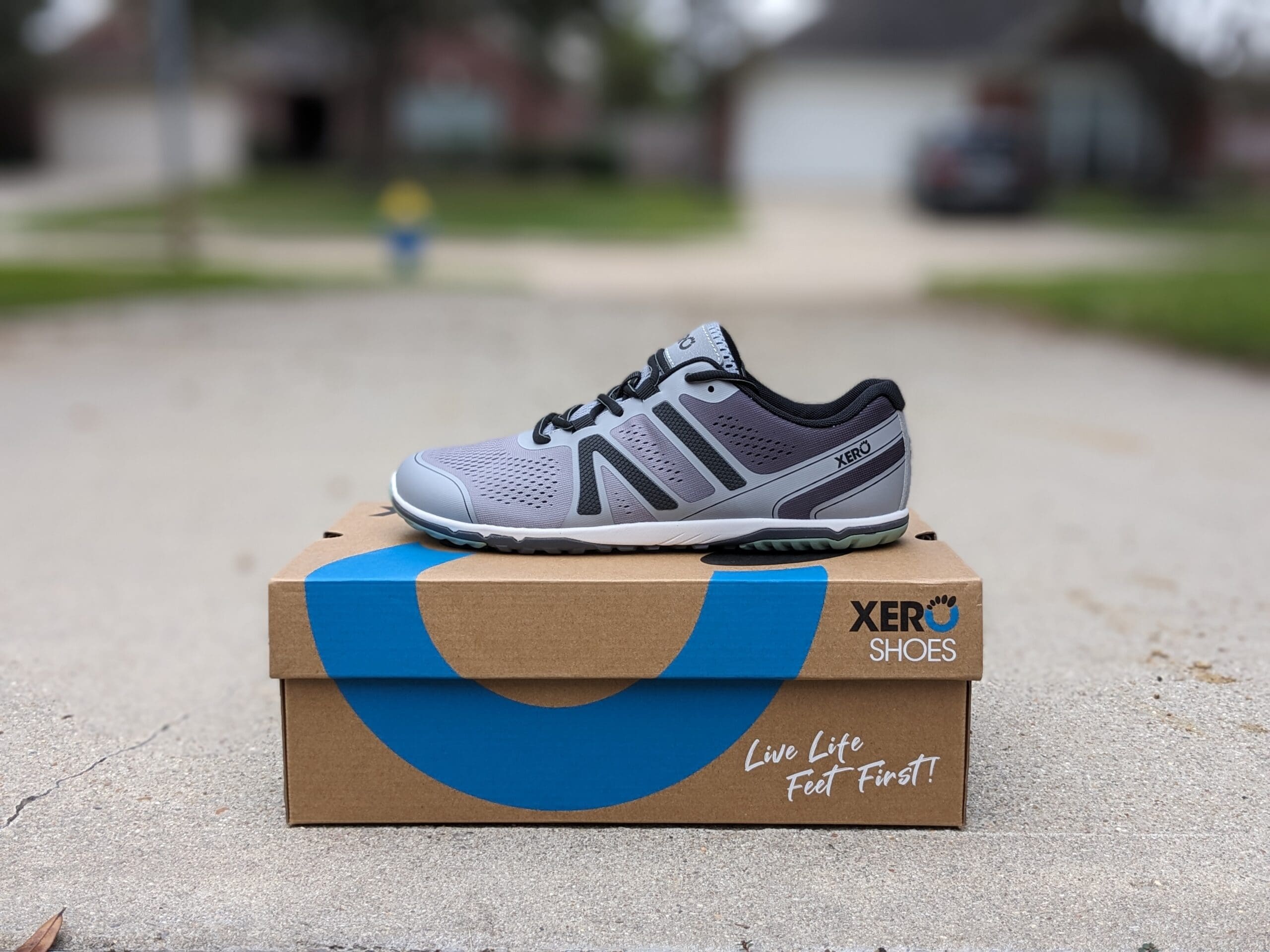
Xero Shoes Mesa Trail II
- $119.99
- Weight: 8.2 oz / 232 g
- Stack Height: 6.5mm + 3mm insole
- True to size
- Wide Toebox, high volume
- Flexible forgiving upper
- Strategically placed overlays.

Both brands are fundamentally committed to natural movement, but execute it with different priorities and feel.
- Maximum flexibility. Every shoe (and sandal) from both brands lets your foot twist, splay, and adapt naturally. For runners who value a foot that does what it was designed to do — whether for micro-adjustments on rocky trails or city sidewalks — this flexibility is the core advantage over any padded trainer.
- Minimal, sensory soles. Thin rubber, pared-down stack heights, and just enough ground protection. It’s not just about “barefoot feel” — it’s also proprioception. With less underfoot damping, your nervous system stays in contact with the terrain, letting you make those subtle shifts that keep knees, ankles, and hips happy long term.
Both brands deliver the essentials: flexible, low-profile shoes that get out of your foot’s way. That leaves the real differences in fit, finish, and value.
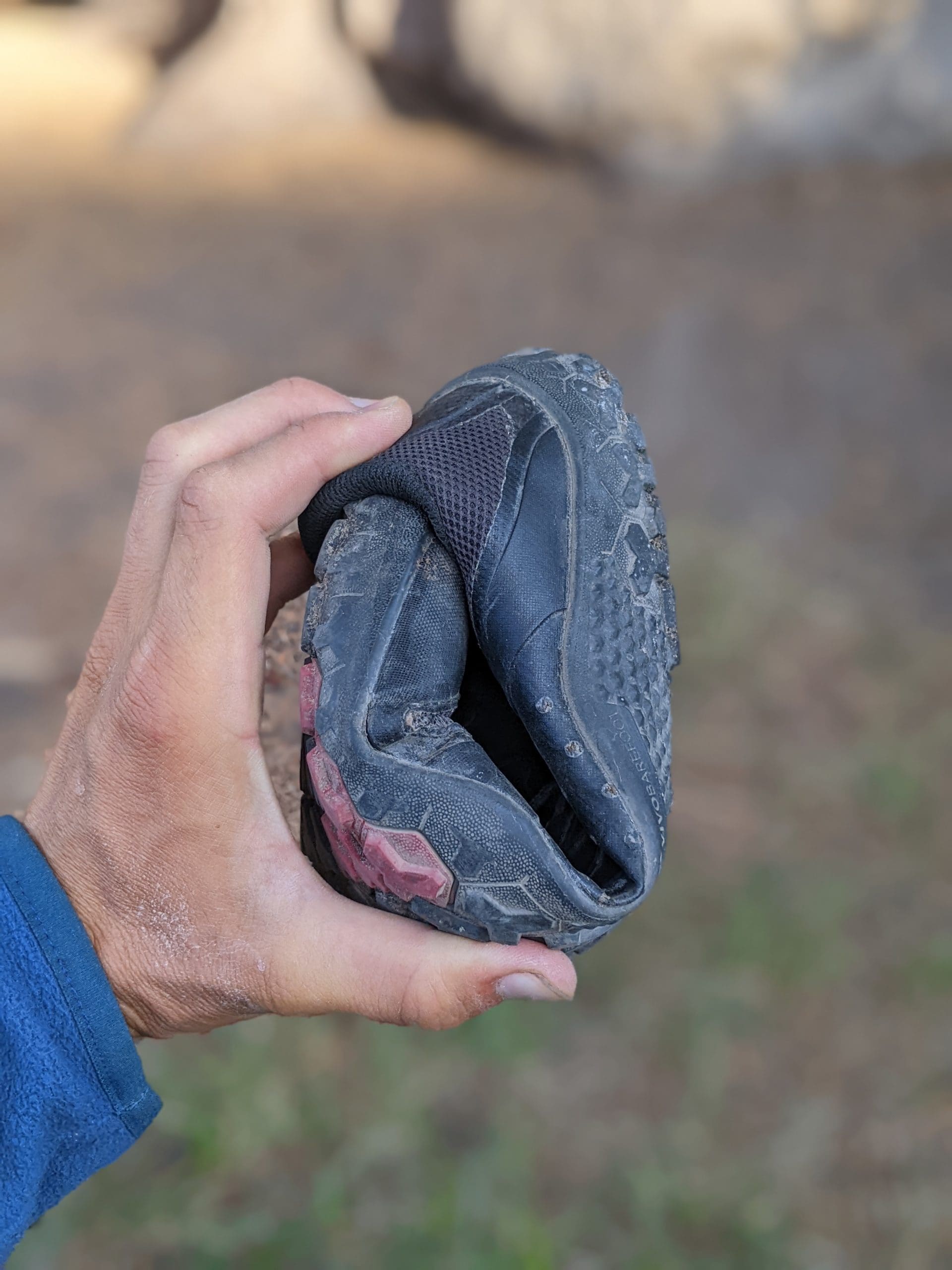
Vivobarefoot shoes favor a “fan-shaped” fit: narrow through the heel and midfoot, flaring wide at the toes, for a distinctly European footprint.
If you look at the outline of a Vivobarefoot, they’re designed for a foot with a pronounced difference in width from heel to toe — almost a triangle or fan shape. Most European brands tend this way, sometimes marketing it as a “performance fit.” For narrow heels and forefoot splay, Vivobarefoot provides plenty of space, but volume through the instep and width through the midfoot is much more moderate. Low arch? Shallow, low-profile feet? They’ll likely feel snug and secure.

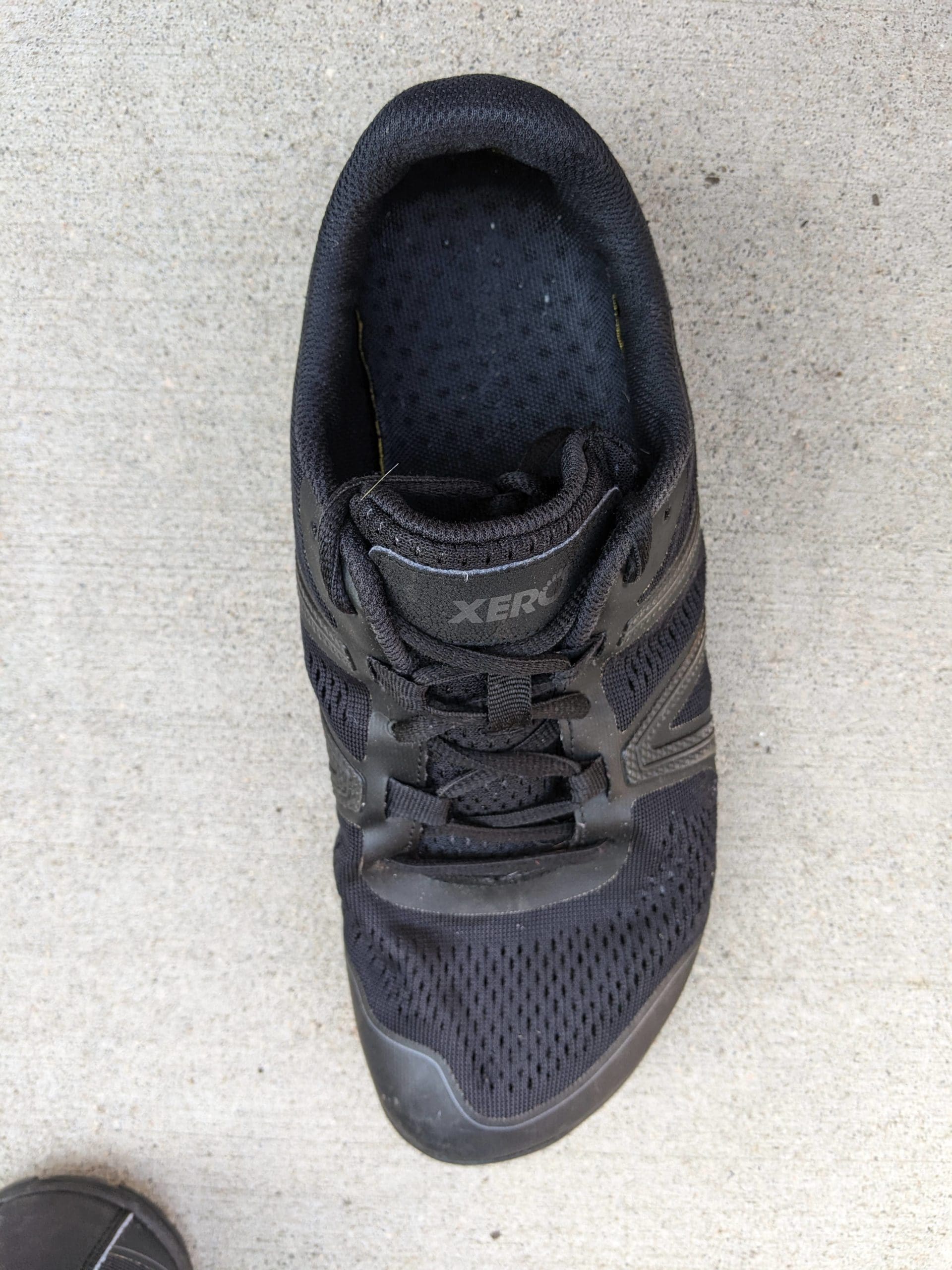
On the other hand, Xero Shoes are consistently generous through the whole interior — heel, midfoot, and toe box.
While the toe box is somewhat wide, I keep returning to Xero’s “forgiving fit” description. Higher-volume feet, high arches, or folks who dislike feeling boxed in will find Xero a more natural fit, from heel until toe, with soft, stretchy materials that don’t punish wider or higher-profile feet.
If you’ve struggled with “dead space” in the heel with other brands, Vivobarefoot’s tailored shape might be better.
If you hate feeling pinched anywhere, Xero likely wins.
To put it simply: fit comes before every secondary detail. Try both — but expect the brands to fit very differently, especially if you’re right on the border between low and high arch or narrow and full-volume shapes.
Which minimal running shoe is for you?
Take a quick 5-question quiz to identify the perfect minimal running shoe for your feet! You'll get both road and trail options based on your answers!
Shallow vs. Deep: Why Shoe Volume Matters
Vivobarefoot shoes run shallow (in most models) — less vertical space for higher arches, but a close, glove-like fit for shallow feet.
If you look from the side view of a Vivo, there’s even less space than you might expect. If your feet are tall (think prominent midfoot or “high bridge”), Vivo’s upper might create pressure points or an overly snug feel. Conversely, those with low-profile feet often get a fantastic lockdown, with almost no sliding or movement inside the shoe.
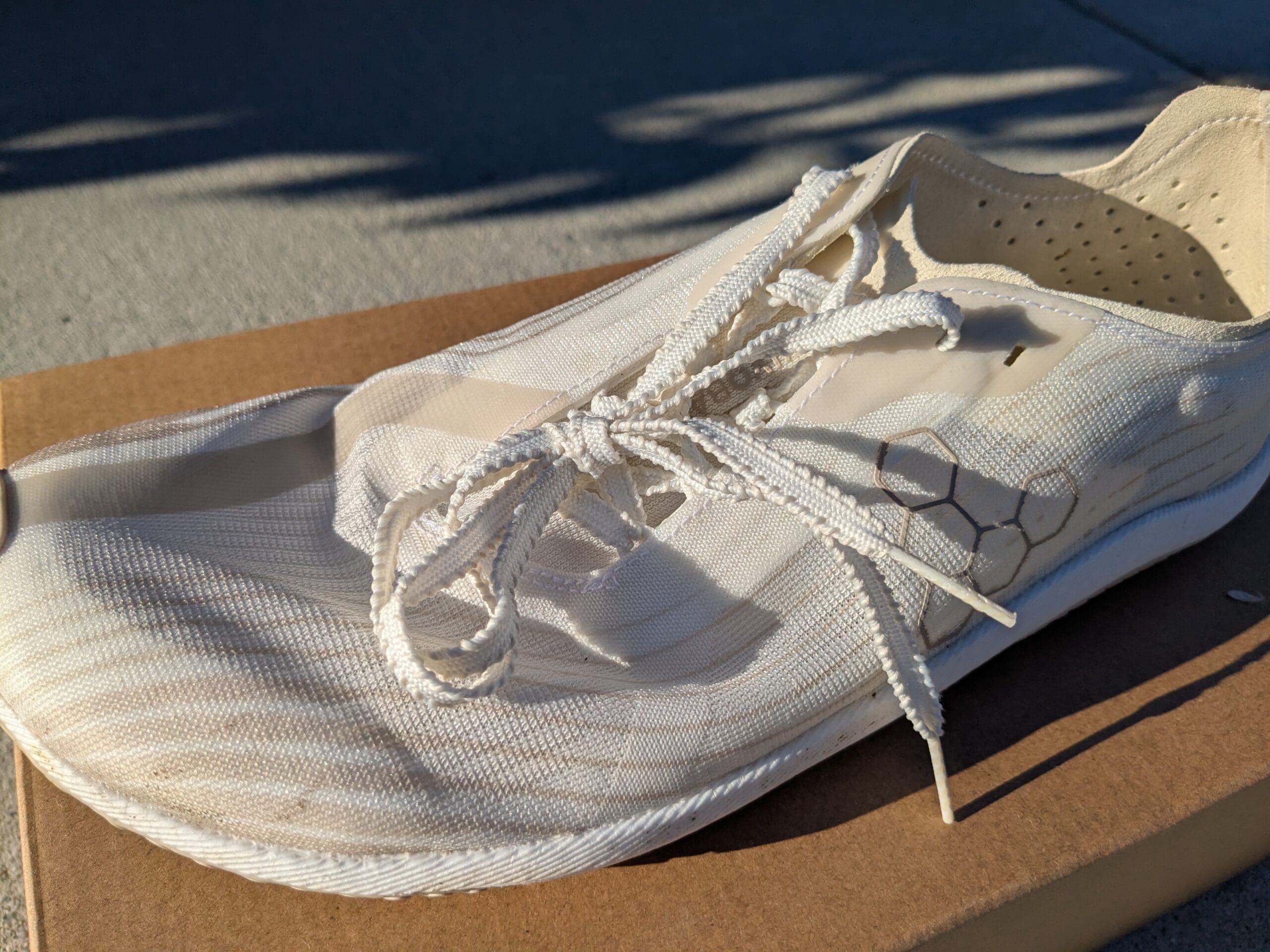
Xero’s construction is notably deeper — extra space for volume, swelling, or lockdown customization.
With more forgiving, often more elastic materials on most uppers and a consistently “roomier” architecture, Xero isn’t likely to pinch, even at the upper end of the width or height spectrum. That said, if your feet are particularly narrow or shallow, you may need to tweak lacing or reconsider the model; the extra space can sometimes translate into heel slip or excess movement if not well dialed in.
Durability & Materials: Quality Over Time
Vivobarefoot earns high marks for material quality, finish, and its commitment to sustainability.
Most of the Vivos I’ve tested feel “premium” out of the box: balanced stitching, refined rubbers and textiles, sturdy hardware, and reinforcement in stress areas. They back this up with genuinely innovative sustainability initiatives — not just using recycled plastics, but offering repairs (like sole replacements or restitching) through ReVivo. Not all models are reparable yet, but they’re ahead of most brands in the “repair, don’t replace” mentality. Expect shoes that look and feel sharp, and with care, can last several seasons.
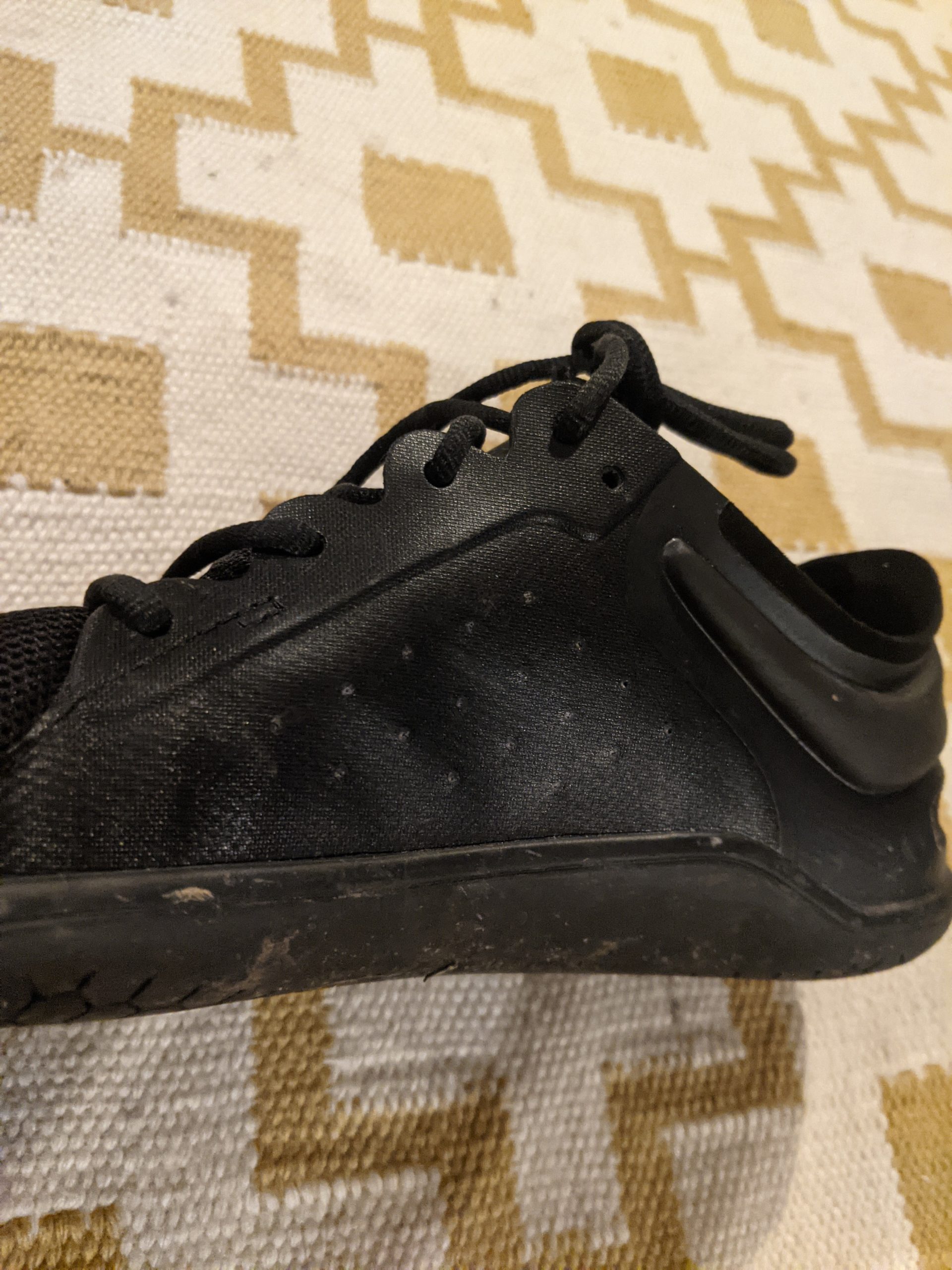
Xero Shoes bring excellent value, but with compromises in upper durability and sometimes finish detail.
The soles on most models (trail models aside) are bombproof — hence the 5,000-mile guarantee. However, the upper materials don’t always match the longevity of the outsoles. Over dozens of pairs, I’ve occasionally seen fraying, stretching, or delaminating before the rubber gives out. Customer support is solid, and replacement is usually easy enough (especially in the first year). It’s an understandable tradeoff at their price point, but it’s worth knowing up front if you plan to put a ton of technical trail miles in your shoes.
Feel of the Ride: Secure vs. Forgiving
Vivobarefoot prioritizes structure for foot lockdown and lateral stability.
Whether road or trail, the solid uppers and structured laces deliver a secure, almost “hugged” feeling — if the shape matches your feet. The “locked in” sensation can feel like a game-changer for tight turns, technical climbs, or city sprints. But if your feet don’t fill the volume, you may get pressure spots or rubbing; if you’re right in the wheelhouse, this is as close to “racing flat meets barefoot” as you’ll find. I can confidently leap on rocky descents and know my toes won’t slide forward.
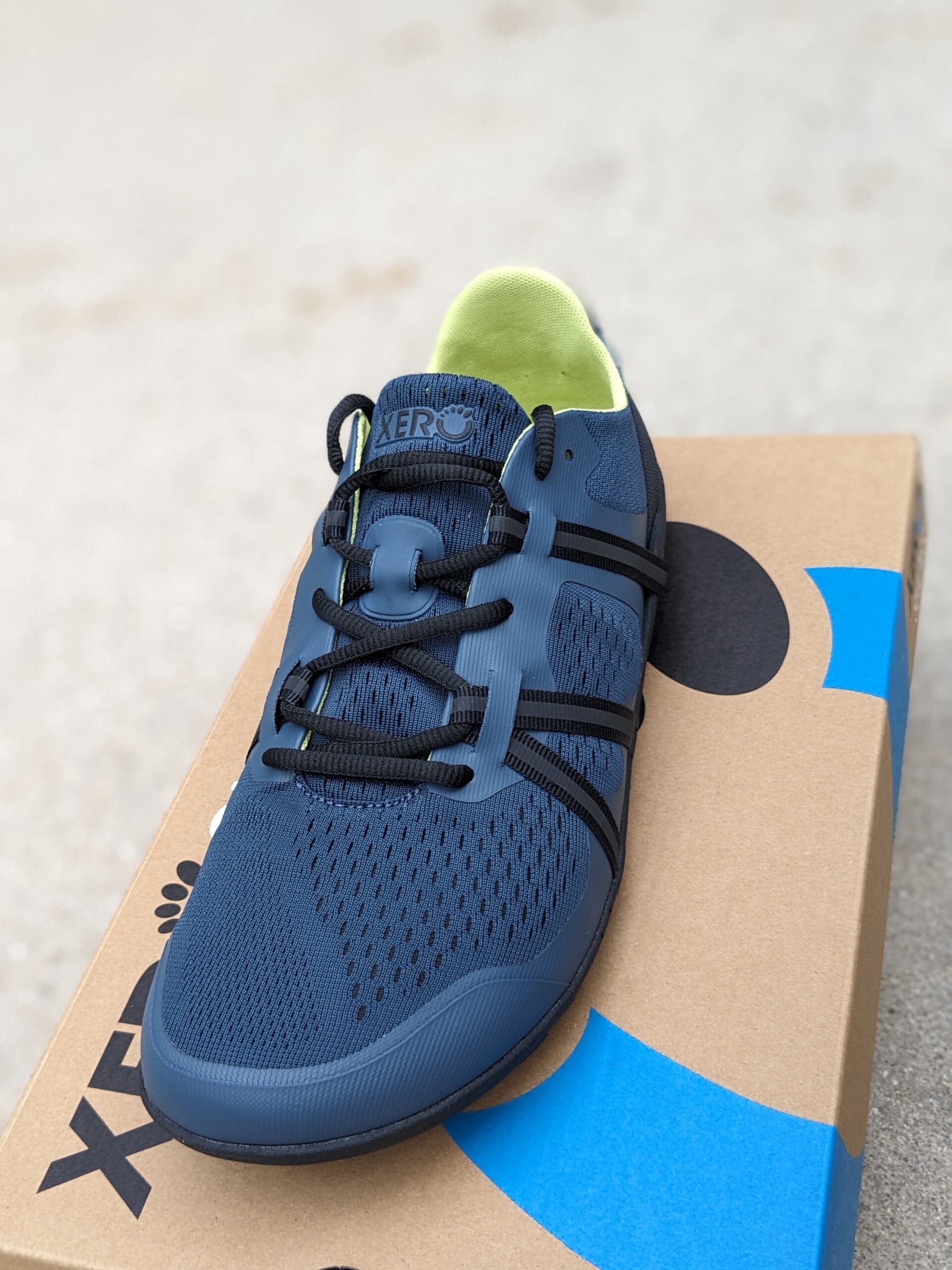
Xero’s ride is about forgiveness, with sock-like uppers and a less rigid structure.
Feet that change shape during a run, feet that swell, feet that don’t fit into any “standard width” — these love Xero’s approach. The stretch and give make hotspots or blisters almost nonexistent, and I have yet to finish a long day in Xeros with any new sore spots, even after 20+ mile days on the Colorado Trail. The tradeoff? Less lateral support. Fast turns or steep sidehills don’t feel quite as locked in. It’s a fair trade if comfort and toe splay are your top priorities — just know the shoe is built to follow your foot, not control it.
Price: Investment vs. Entry Point
Vivobarefoot shoes consistently cost $50–$60 more than Xero’s comparable options, adding up quickly if you rotate models.
Across models and seasons, Vivos land in the “premium” territory. It’s partly justified by construction, and certainly by the sustainability and repairability built into the brand. The premium may be justifiable for eco-minded runners who want shoes to last as long as possible, but the cost can be a barrier.

Xero Shoes offer more approachable prices, making them the right value choice in the barefoot market.
For most models, you’re looking at roughly $100–$120 USD out the door — competitive in the running shoe world. No, you’re not getting the same level of craftsmanship as Vivobarefoot. Still, Xero hits a sweet spot for experimentation, rotating between trail and road, and buying multiple pairs for different uses.
Start with fit:
If your foot is narrow at the heel, wide at the toes, and low in volume, Vivobarefoot likely fits best.
Xero wins if your foot is high volume, wide throughout, or hard to fit anywhere else.
Ask yourself:
- Do you want an ultra-secure, performance feel? → Vivobarefoot.
- Prefer maximum toe splay and slipper-like comfort? → Xero Shoes.
- Will you hike and run technical trails? → Vivobarefoot’s structure may make a bigger difference.
- Are you planning long city miles, variable foot swelling, or just want one do-it-all shoe? → Xero’s forgiving upper shines here.
Are you on a tight budget or want to experiment with several models?
Start with Xero for value per dollar.
If sustainable materials, repairability, and long-term durability are your top benchmarks,
Vivobarefoot offers a meaningful leap in quality and ethos — if you can swallow the price.
Conclusion: Try Both — But Prioritize Fit
If there’s one takeaway from years of barefoot testing, it’s that details matter less than fit. The “right” shoe is the one you forget you’re wearing, which lets your foot do what it’s supposed to. Vivobarefoot’s lockdown on technical trails is unbeatable, but I always keep a pair of Xeros for big adventure miles and daily errands when all I want is room and no pressure.
My advice? If you can, try each on at the end of a long day, when your feet are at their widest, most tired, and particular. Let your toes splay, check the lockdown, and walk a few laps. There’s no single “better” brand — just the one that works for your unique foot.
Enjoy the freedom, no matter where you land — and let your feet lead the way.

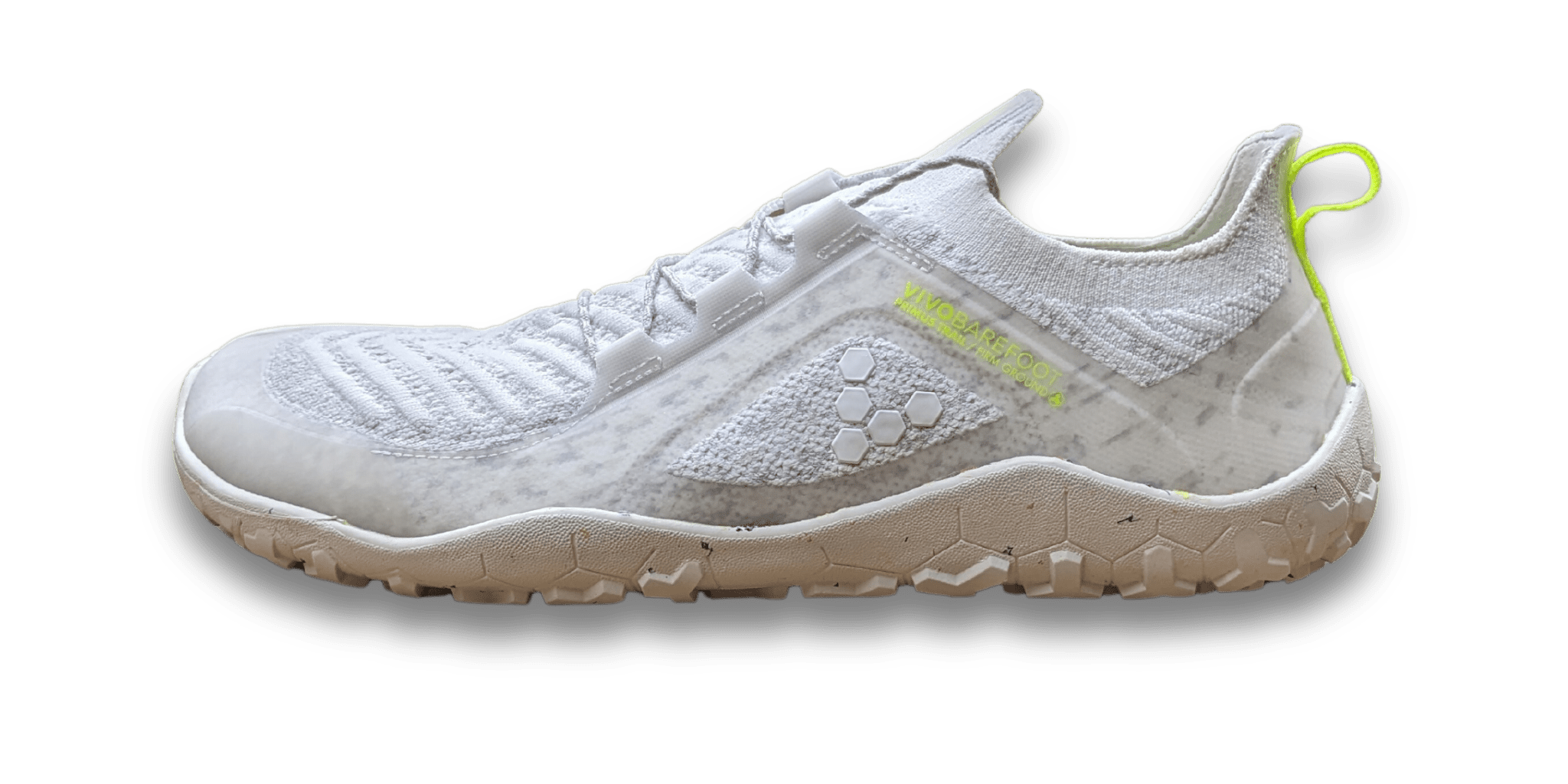

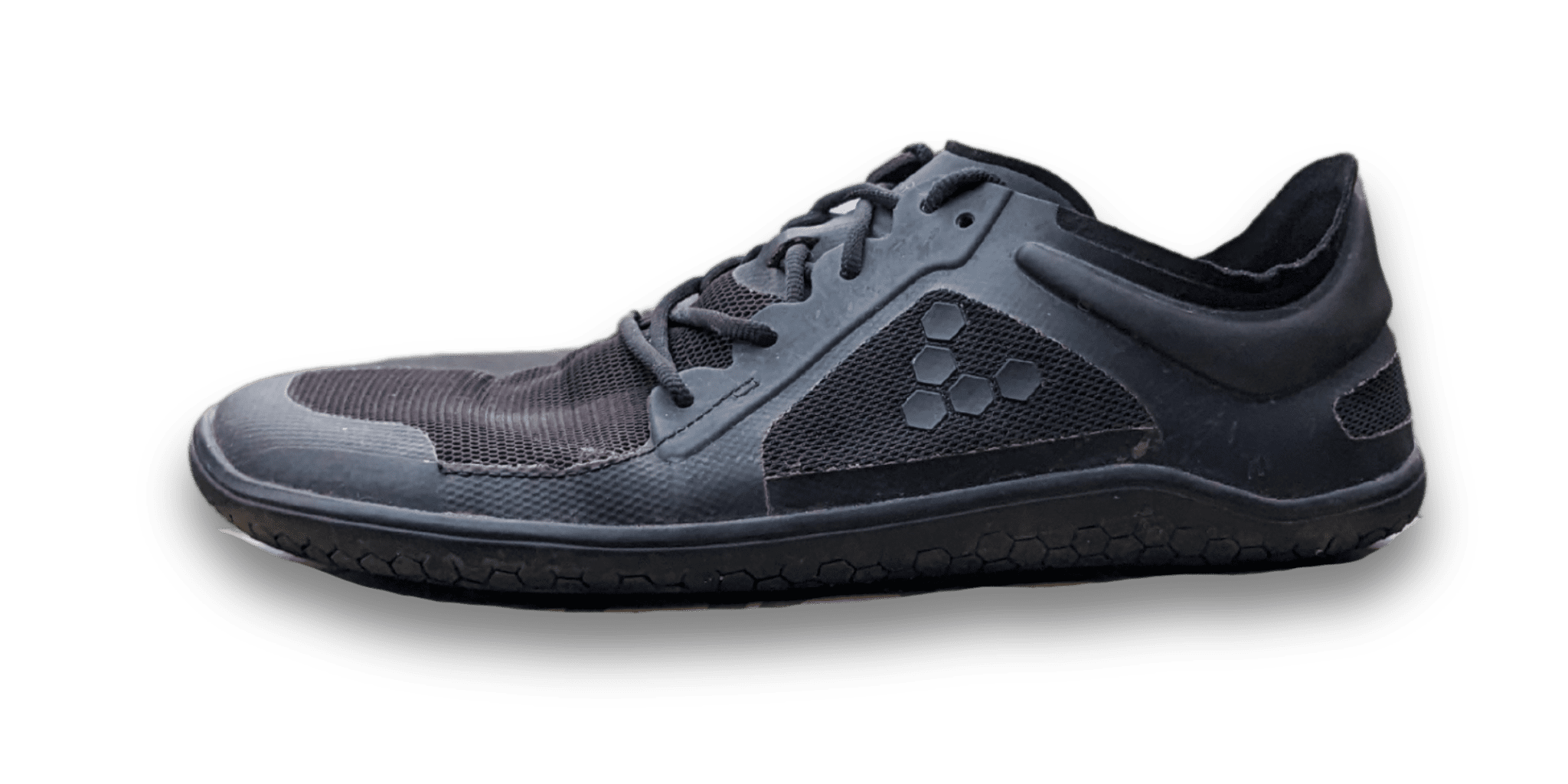

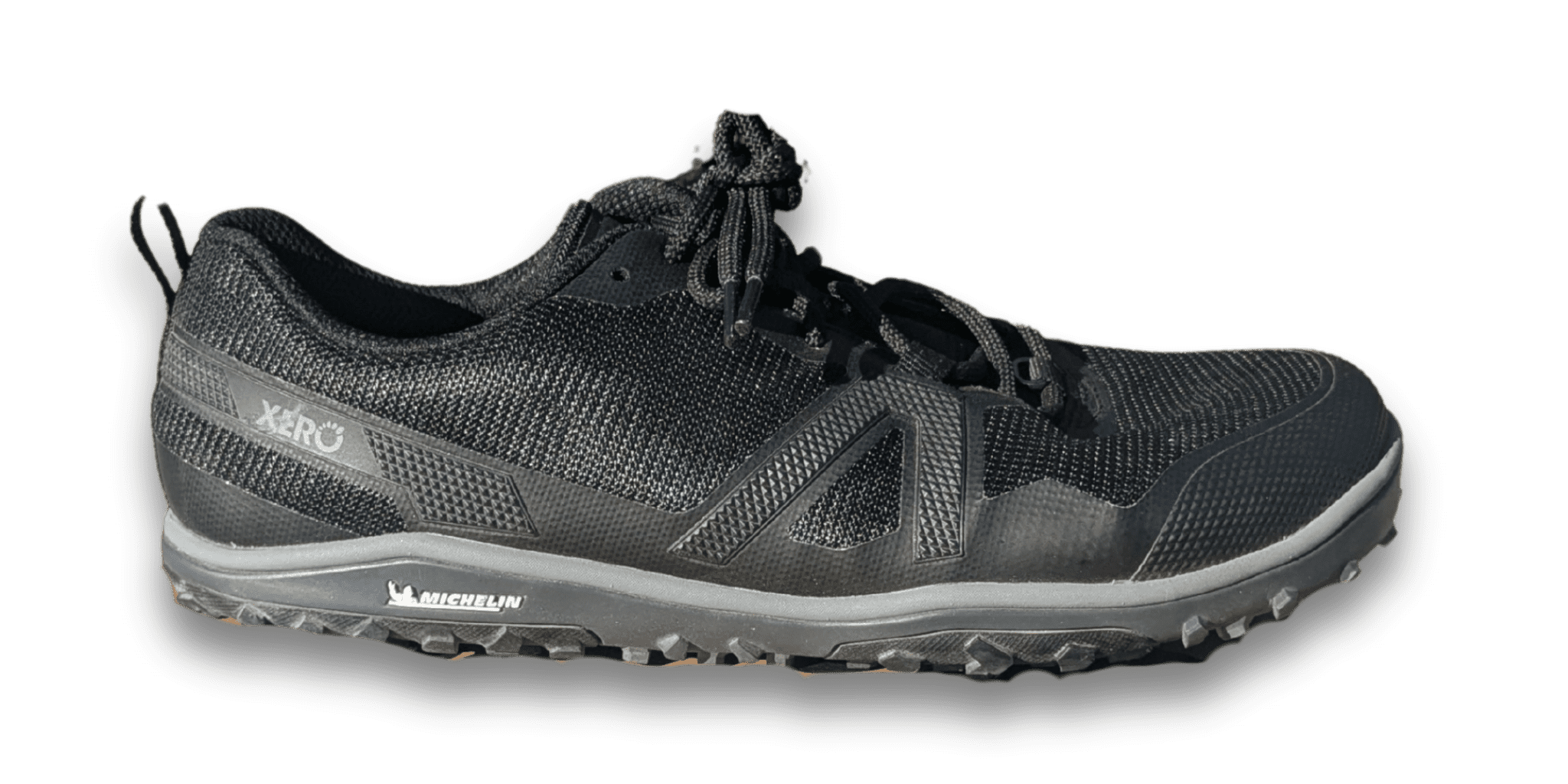
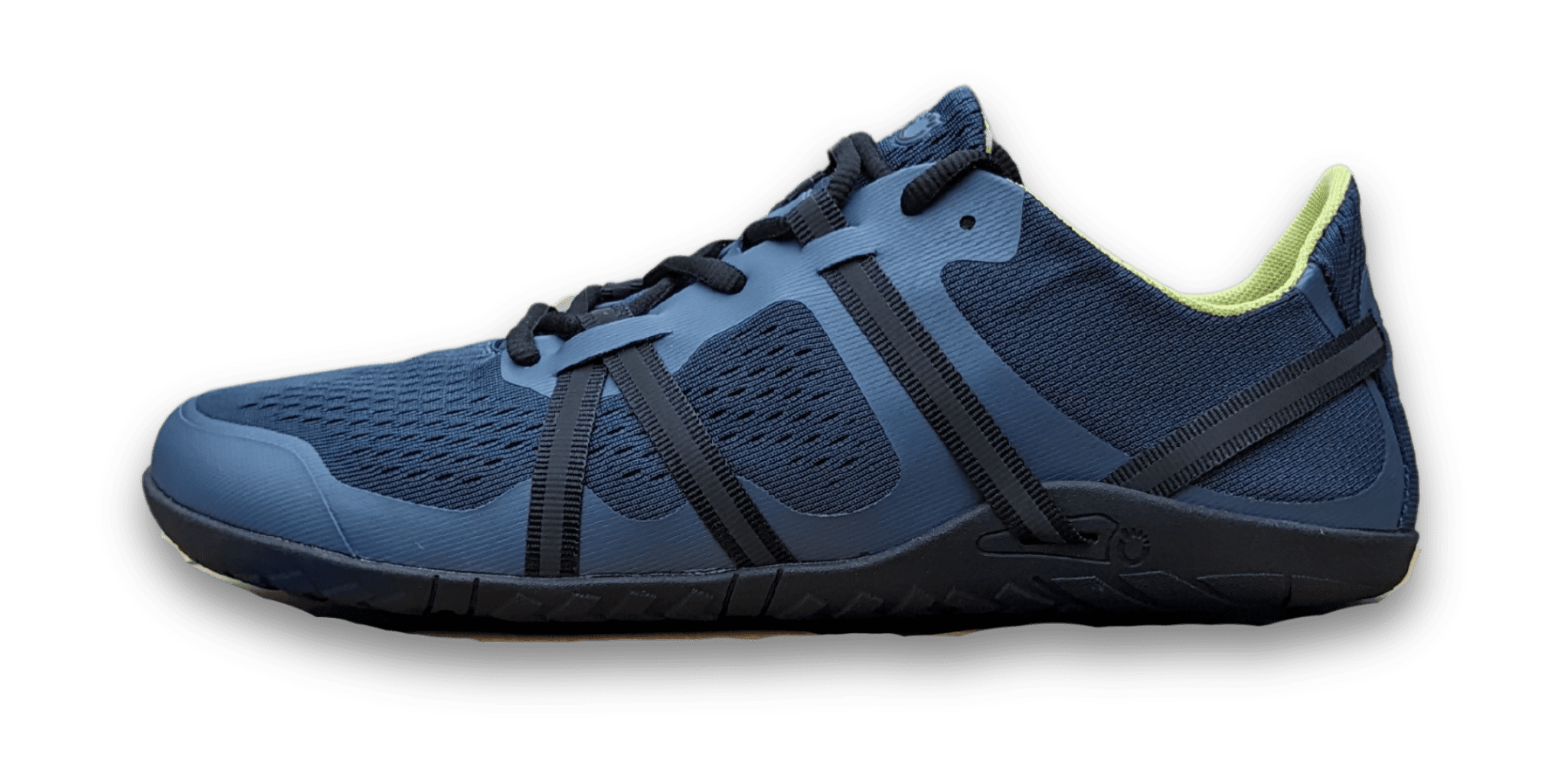


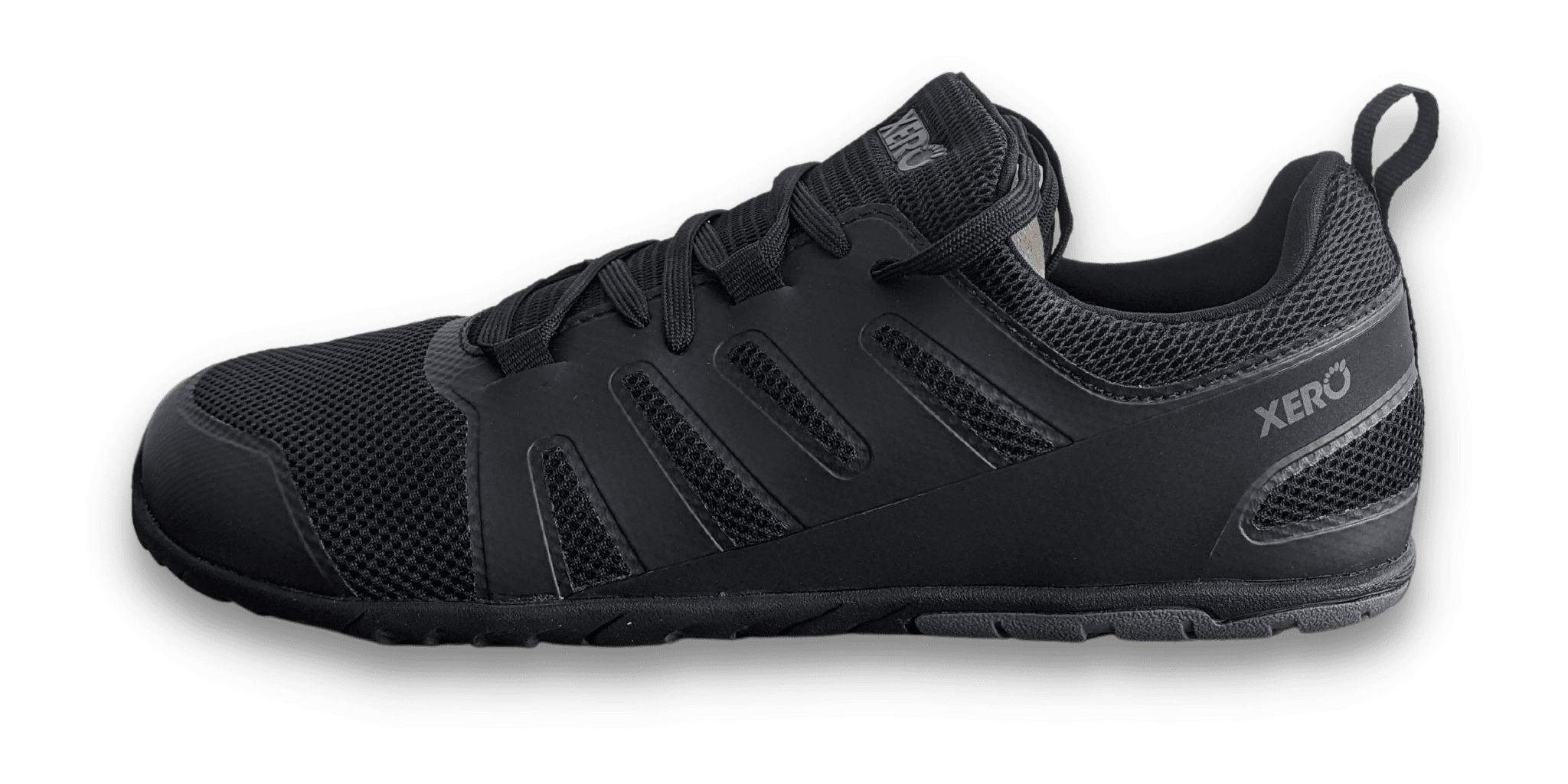
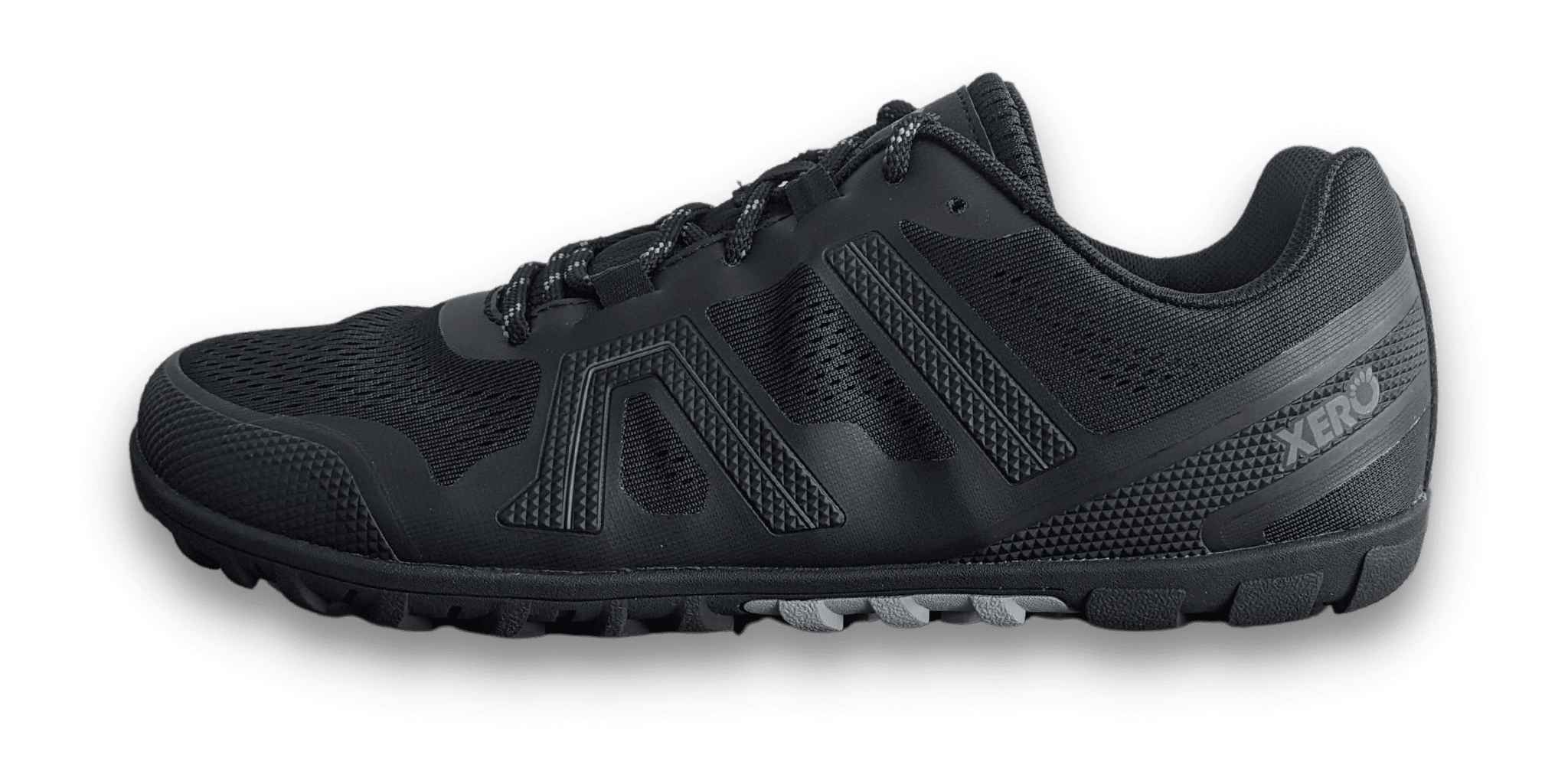


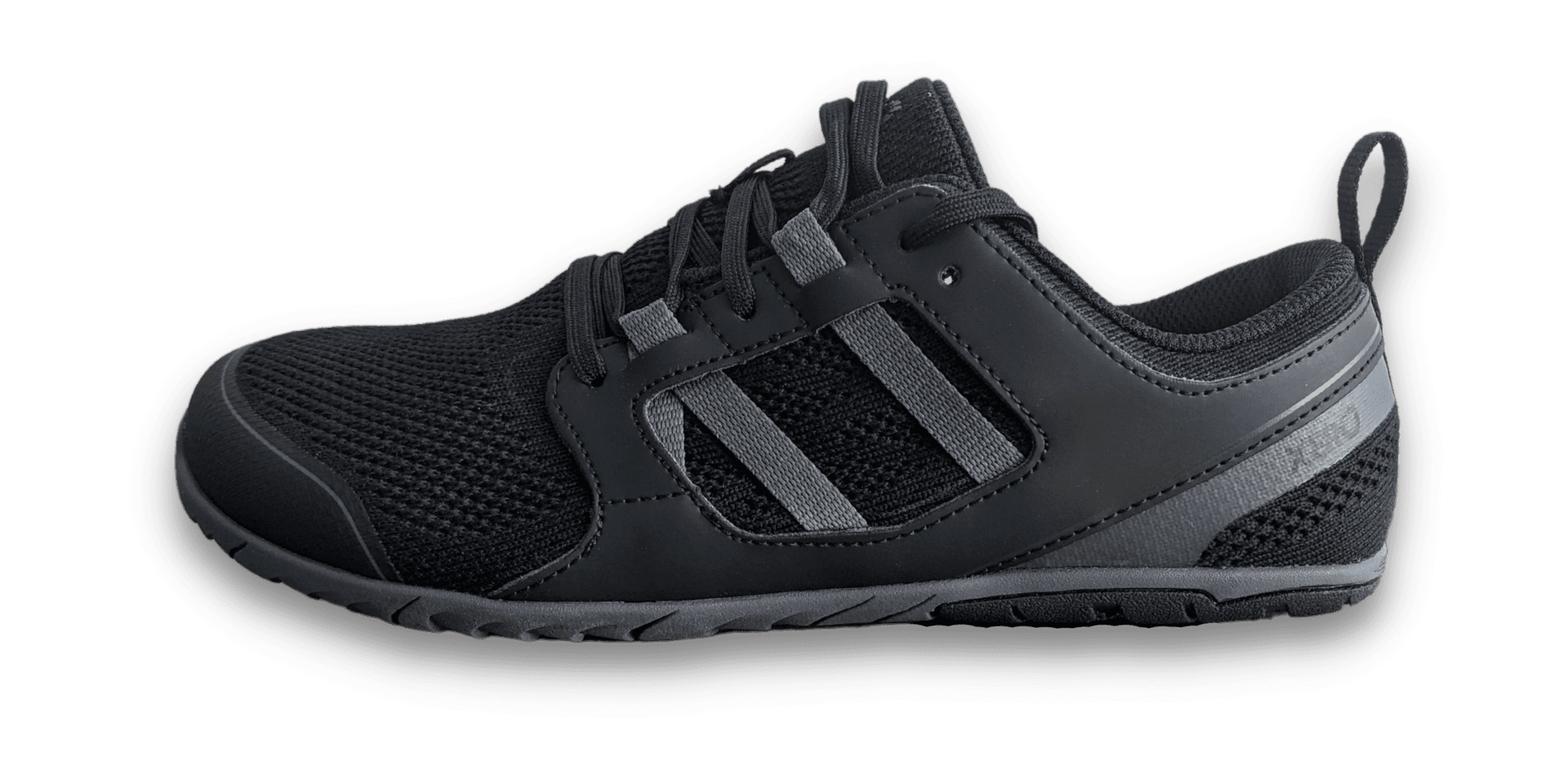
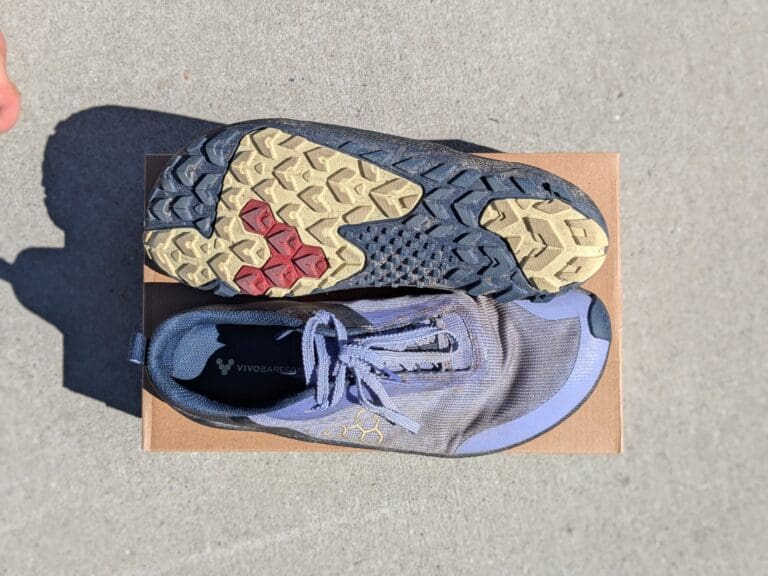

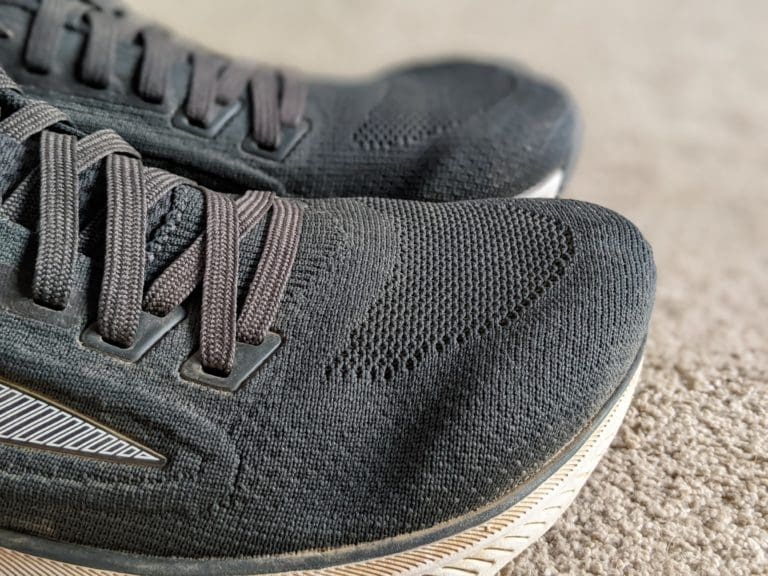
Nice article. I like the breakdown at the end. Could you do that with multiple brands? Like a flowchart or shoe recommendation quiz. I like the fit of vivo but can’t afford it.
Thanks for the feed back! The flowchart could be a good idea. And I hear you about the Vivo price. It hurts, but I’ve found on average they last longer than other brands.
Thank you for your article! It broke it down plain and simple. Good work and thank you again!
Thanks for your encouraging words!
Great article! My first pair of barefoot shoes were vivobarefoot that I got a few months ago and I love them!! I have a small heel and a wide ball. They are so comfortable even though they could actuality be a little bit smaller in the heel for me. They just feel so good and the laces are so secure. I just got some Xero sandals and I have to say if these were my first pair of barefoot shoes I probably wouldn’t have got another pair. The bottom of the sandal isn’t exactly the shape of my foot and when I splay my toes the pinky goes over the edge. I can’t wait to get another pair of Vivobarefoot shoes.
Thanks! I’m so glad you’ve found a great-fitting shoe. If you’re looking for sandals with a wider forefoot sole, I’d suggest trying Earth Runners. You’ll see straight away that they’re more “fan” shaped, which sounds like your foot type.
Vivobarefoot always has the issue of price. Sometimes they’re worth it, but if you want a compromise, they do have the Re-Vivo shop, which are “pre-loved” shoes. They’re a slightly lower price, and there’s less wastage involved. A win all round.
Happy barefoot!
I can see this after briefly reading this review that the person that wrote this did a great job, explaining things, BUT… In my experience, it is very, very different. The Xero shoe brand at the toebox area is medium and not wide, by comparison to Vivobarefoot’s shoe. You can even tell by looking at the design of the footprint. Especially where your big toe is. Even though Xero does make a wider toebox to fit the foot naturally, it is really meant for narrow to medium, width size feet, because even on the toe part of the design of the shoe, it is curved a little bit inward as opposed to Vivobarefoot’s footprint, design curves, more outward to spread the big toe away from the other toes. The only reason why I know this is because I switched from my traditional pointed toe shoes and sneakers to the Xero brand, and they initially felt better, but as my feet started to spray out more, I started feeling my big toe being pressed up against more and more. I purchased a few pairs of Vivobarefoot shoes, and the experience is far better now as all my toes are able to splay much more comfortably. Lems shoes also are a better fit for me because they also splay just as wide and on some shoes just a tad bit wider. Hope this information is helpful.
Thanks! I completely agree with you. I haven’t made the toe box width clear enough.
Although I’d still argue that Xero Shoes are moderately wide, depending on the model you’re using. But just not suitable for a fan-shaped foot.
I’ll adjust the comparison section now.
Very useful comparison. Just what i was looking for before making a decision. Thanks Nick.
Thanks Sak! So what did you end up going for?
Vivobarefoot. Ethics, sustainability and consistent quality. Making a choice would have been much harder without your comparison.
I also wonder about the sole. My kids wore vivos way back when, but I have only had xero and five toes. I will say, the vibram sole on the five toes is far superior to the sole on the xero. My feet are always sore after wearing my xeros, but never after the five toes (however, I really do dislike the separated toes on the five toes – someone please put vibram soles on a foot-shaped barefoot shoe!).
After reading your comparison, I really want to invest in some vivos but I have high volume/high arch feet which is causing nerve pain with my Nike’s and other traditional shoes. Would it be a waste to try them?
Great! If you’ve got high volume feet, I’d suggest trying the Xero Shoes over Vivo’s. Although, the Vivobarefoot Knit models can work for higher volume feet still.
Checkout
– https://barefootrunreview.com/vivobarefoot-primus-lite-knit-review/
– https://barefootrunreview.com/xero-shoes-prio-neo-review/
These could both be viable options.
Thanks for the comparison.
It helped me make a choice
Great stuff! I hope you find the perfect shoe!
Hi Nick — Thanks for the rundown. Just discovered your website and am loving the info here. I’m a longtime Xero wearer (HFS, TerraFlex, Denver, etc), but just feeling like the quality of the Xero construction leaves a lot to be desired. One of the side straps in the HFS became detached, making it impossible to lace the shoes, and the TerraFlexes have absolutely disintegrated unlike any other pair of shoes I’ve ever owned — the outsole coming completely unattached from the uppers. I’m increasingly reading about poor customer support with Xero. So I’ve tried a few Vivobarefoot options, but must be right in between sizes. I’m swimming in the 9s, but constricted in the 8s. I wish Vivobarefoot offered half sizes! I want so much to like the Vivos, but just can’t find the right fit. So, I guess it’s back to the Xeros for me…
Yeah. I agree with a lot of that. I found the Terraflex to be poor, so I don’t often talk about it. The Mesa Trail II’s have been much better, and while the durability isn’t outstanding, it’s “as good as other brands”.
Vivos are tricky with size, especially when jumping between models. For example, the standard size I wear from Primus Lites/Trails, I cannot wear for knit styles. The knit upper are just too baggy on my foot, but jumping down in size reduces the length too much. Sadly, it’s just the nature of the shape of Vivos. But Standard Primus models seem to work ok for me.
Another option to look at is Freet. But they are wide and deep, so it’s dependent on your foot. I’ll be reviewing some of their trail shoes soon when I get more miles in them!
Thanks for reading, and looking forward to more of your insights!
Vivobarefoot has been my preferred brand for almost 15 years, and I was very satisfied until recently, when I encountered problems with the soles coming loose on two of my latest purchases. The manufacturing quality is no longer up to par, especially considering the increasingly high price…
In this context, I contacted customer service to get information on any solutions they might offer in such a situation, but I haven’t received any response. And according to various testimonials online, I’m not the only one experiencing this issue.